By the time the first season of True Detective aired on HBO in 2014, the prestige network had already proven itself capable of delivering great drama programs. Highly influential shows like The Sopranos, The Wire, and Oz had developed nuanced dramatic stories and complex characters that rivaled what was frequently seen on the big screen. However, television was still considered a lesser medium due to the lack of a singular artist’s vision and well-known movie stars. This changed with True Detective, as the crime thriller series developed its own unique style that felt distinct compared to other investigative programs, and featured distinctly cinematic techniques that had never been seen on television before. The fourth episode, titled “Who Goes There?,” was a major turning point in True Detective that indicated that the medium itself had evolved and kicked off a new generation of “auteur television.”

How Did “Who Goes There?” Change ‘True Detective’?
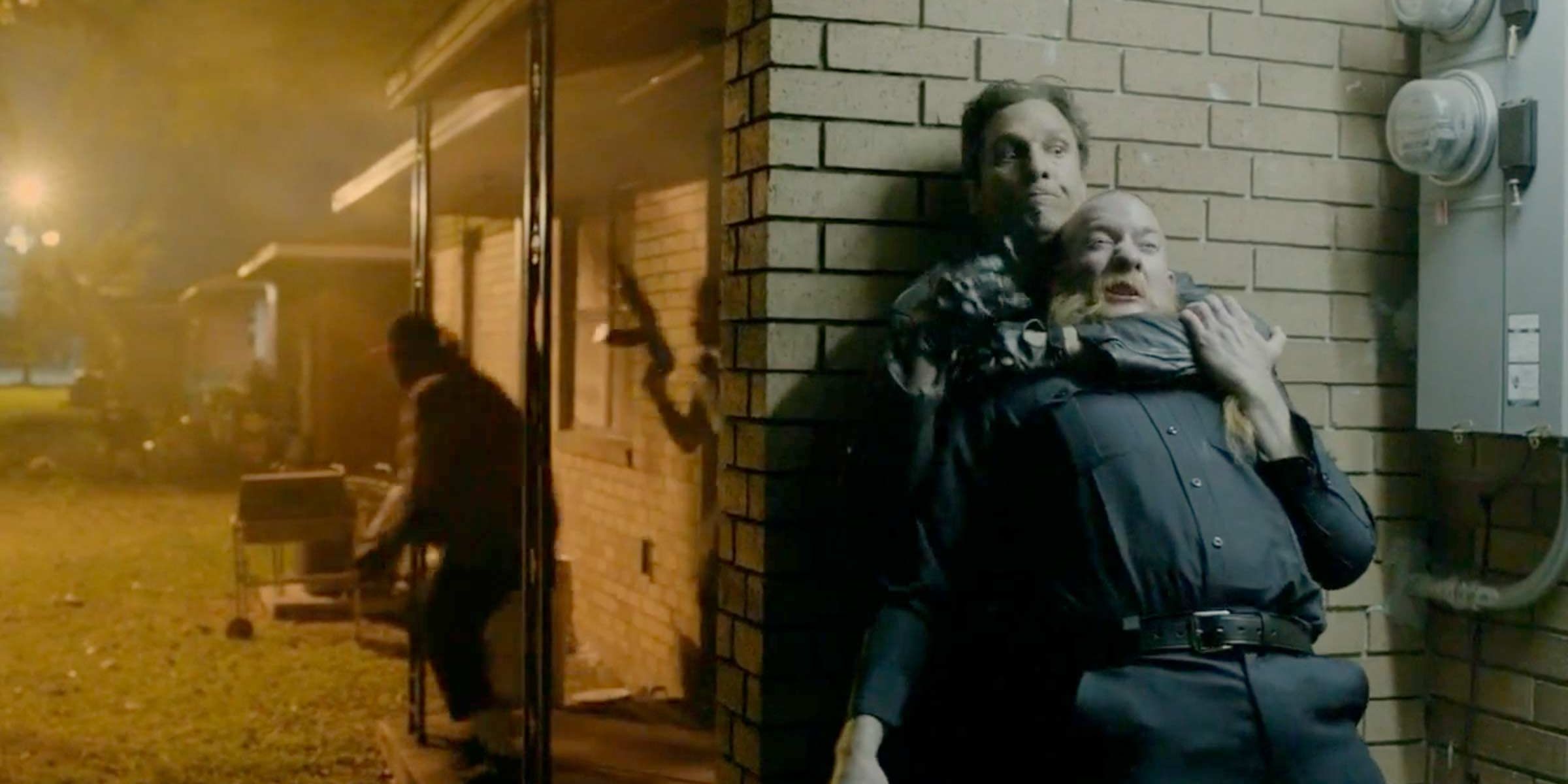
“Who Goes There?” picks up with the detectives Rust Cohle (Matthew McConaughey) and Marty Hart (Woody Harrelson) as they continue their investigation into the death of Dora Lange, a woman killed in what appeared to be a ritualistic murder. While the series had been exploring both the investigation in 1995 and Cohle’s recollection in 2012, “Who Goes There?” was the most successful use of the nonlinear narrative structure. Diverging accounts from the two detectives on the events surrounding the death of Rust’s father foreshadow the conflict that sparks between them in 1995; it adds to the paranoia of the episode, as it’s clear that the two men have taken vastly different approaches to their assignment.
“Who Goes There?” is most often cited as a standout episode due to the use of a six-minute tracking shot when Rust and Marty help their contact Ginger (Joseph Sikora) raid a home occupied by a rival biker gang. While Marty is skeptical about Ginger’s intentions and fears the consequences that could emerge should their role in the raid be discovered, Rust agrees to participate in the risky assignment. Tracking shots are often used in movies to create tension or indicate momentum, with Goodfellas’ famous “date night” sequence cited as the originator of the concept. However, seeing this technique used in an hour-long television series was unheard of, and distinguished True Detective as being much more ambitious than a standard murder mystery.
Although the use of cinematic tools may have been a stylistic flourish on the part of director Cary Joji Fukunaga, who directed the entire first season, the tracking shot is not just a gimmick, but an effective tool in creating a sense of perpetual dread. Beyond the conclusion of the murder investigation itself, True Detective created tension by questioning how far Rust and Marty were willing to go to find the killer; would they end up sacrificing their morality in order to complete a case that has haunted their community? This anxiety bursts to the surface during the raid sequence when the plan goes awry and sparks a gunfight between the detectives and gang members. “Who Goes There?” highlights the multifaceted conflict that makes True Detective’s debut installment one of the greatest television seasons of all time.
“Who Goes There?” Is an Acting Showcase for Woody Harrelson and Matthew McConaughey
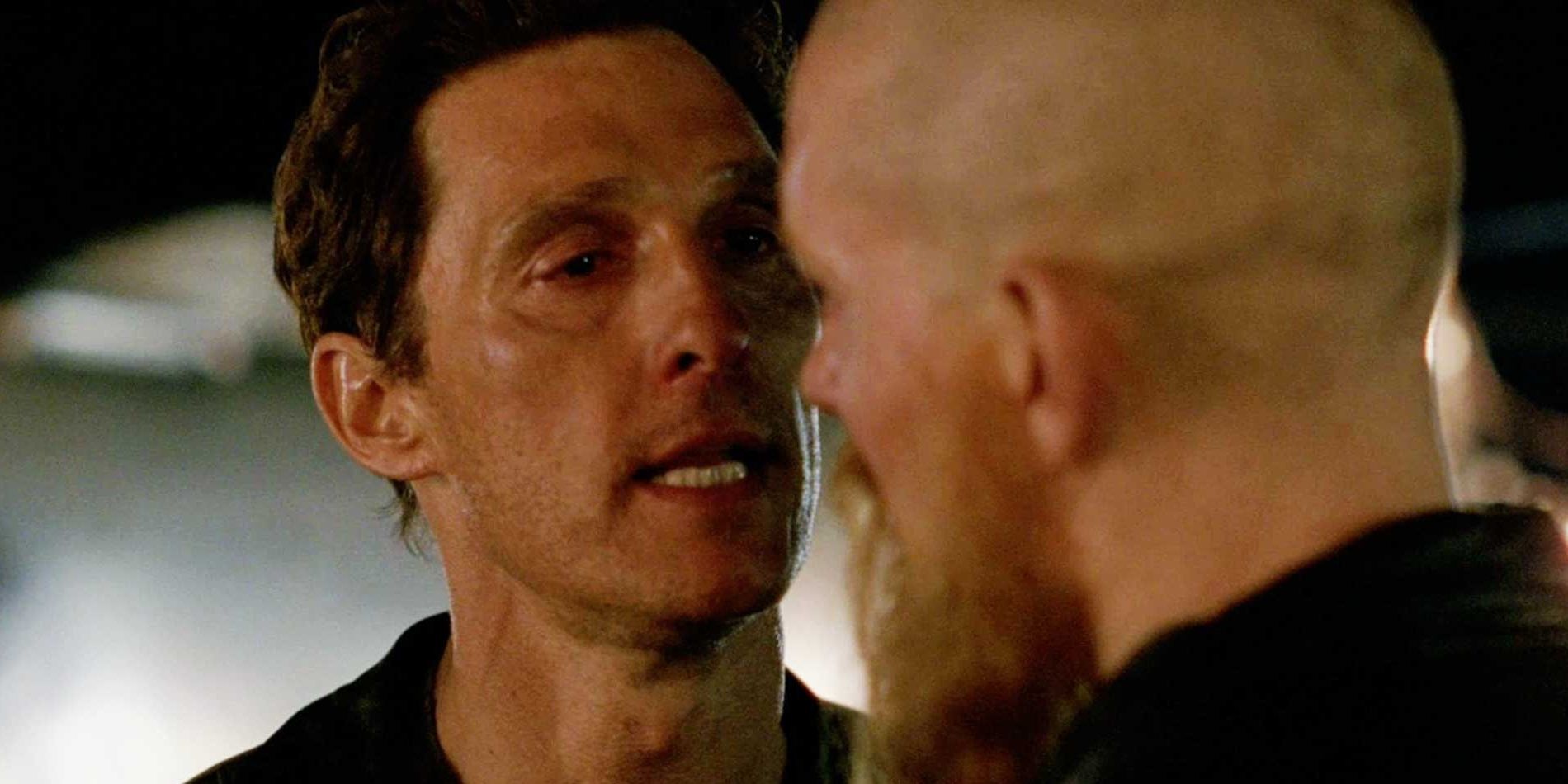
While the episode was certainly a showcase for Fukunaga’s ambitions as a filmmaker, “Who Goes There?” was essential in escalating the tension between the two lead characters. It becomes clear during the flashforward sequences to 2012 that Rust’s cynical feelings about humanity emerged from his work on the case, and that what he witnessed shaped the rest of his career. McConaughey does a great job at exploring how Rust slowly begins to forsake his values as his obsession with finding the killer becomes exacerbated. After hearing the story of “The Yellow King” from the inmate Charlie Lange (Brad Carter) during a questioning in prison, Rust begins to look into the existential (and potentially supernatural) clues within the case.
While Rust’s growing dissociation from his duties shows the all-consuming nature of investigating such a disturbing crime, “Who Goes There?” also shows the breaking point in Marty’s personal life. After he is confronted by his mistress Lisa (Alexandra Daddario) in court, Marty is forced to admit the details of his affair to his wife, Maggie (Michelle Monaghan). While this type of relationship subplot could have easily been a distraction that had no bearing on the investigation at hand, it’s effectively utilized as a means to show how Marty is losing his way. As his personal life crumbles around him, Marty begins to latch on to the same obsessive qualities that his partner has. Harrelson’s excellent performance does a great job of showing this slow descent into madness.
Although True Detective‘s flashy stylistic techniques were certainly noteworthy, the raid sequence is effective because of the empathy generated for both characters. Rust and Marty’s perspectives are given equal merit, forcing the viewer to question what events led to their ultimate falling out. Rust’s inability to contain the violence of the raid, coupled with Marty’s deteriorating emotional state, implies that the conflict between them was significant enough to keep them apart for nearly two decades. Although the tension had been evident since True Detective’s pilot episode, “Who Goes There?” serves as the defining moment within their relationship.
‘True Detective’ Redeemed Itself After a Lackluster Sophomore Season
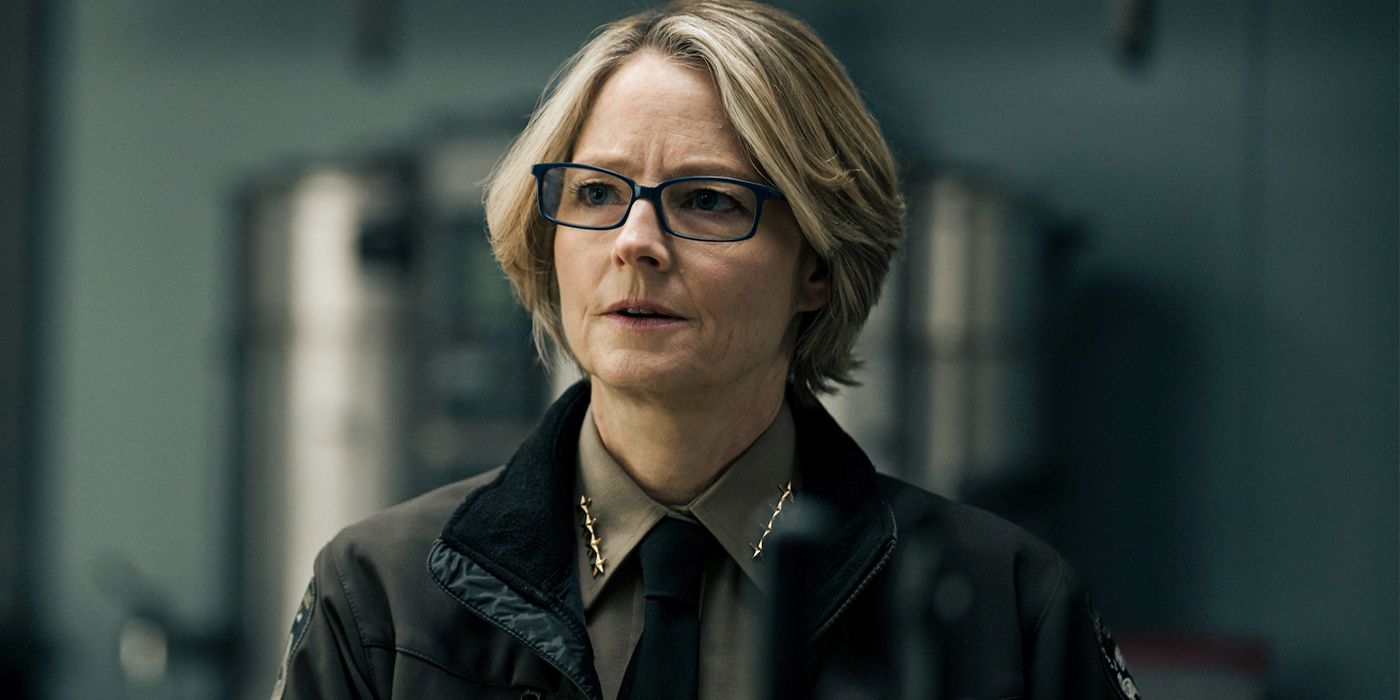
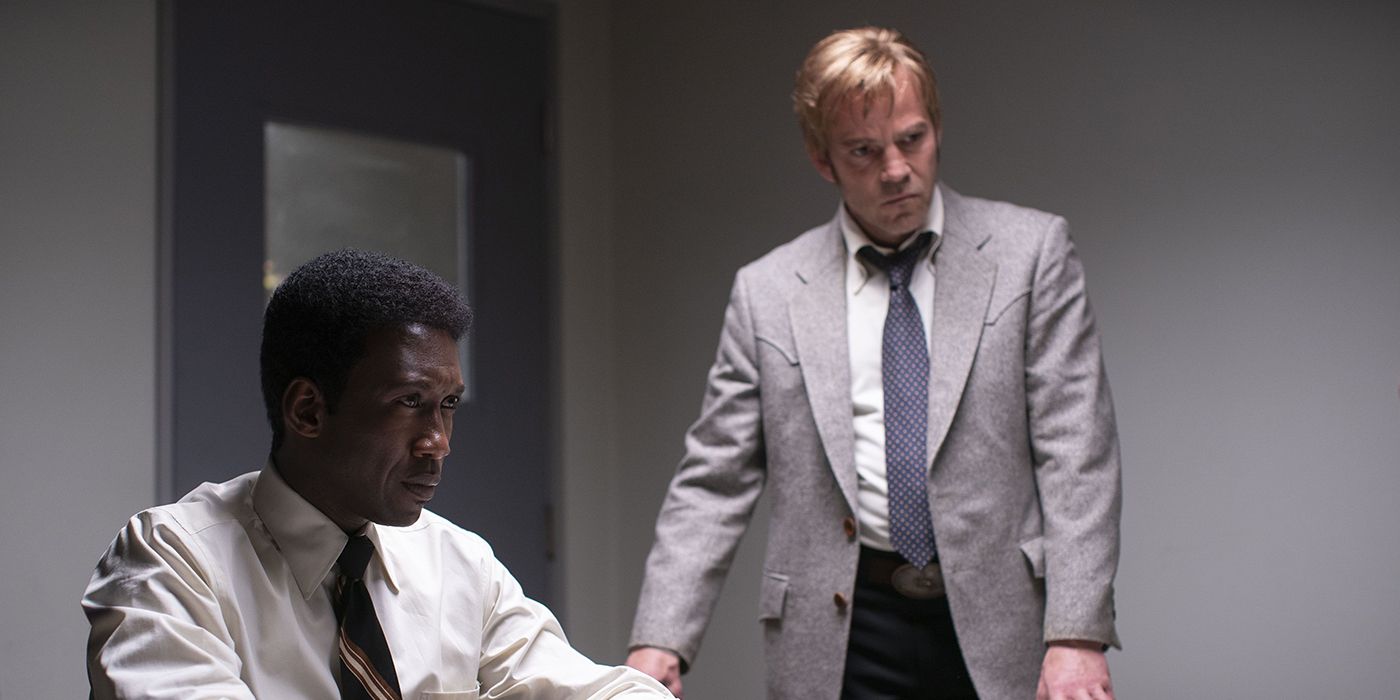
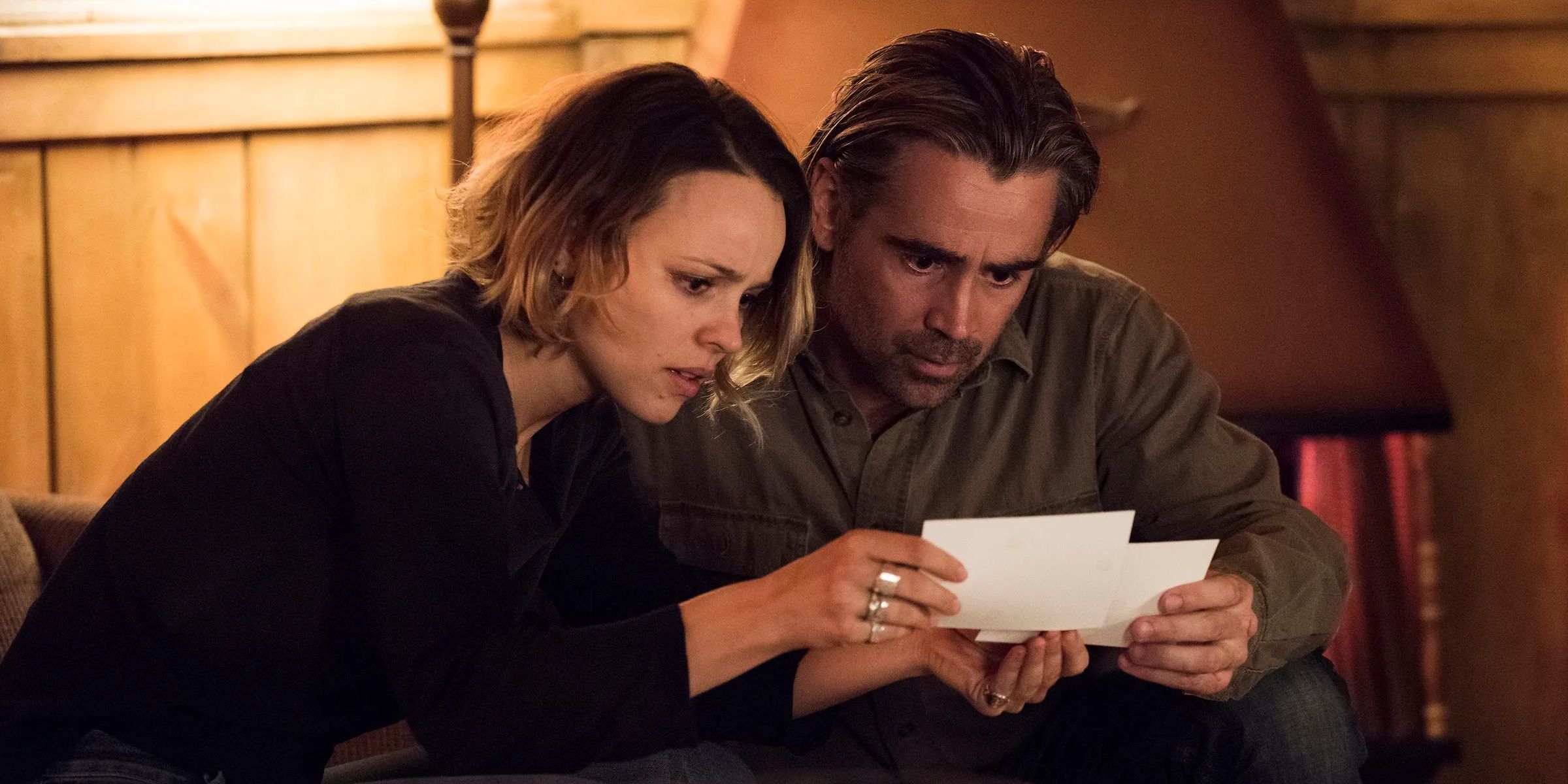
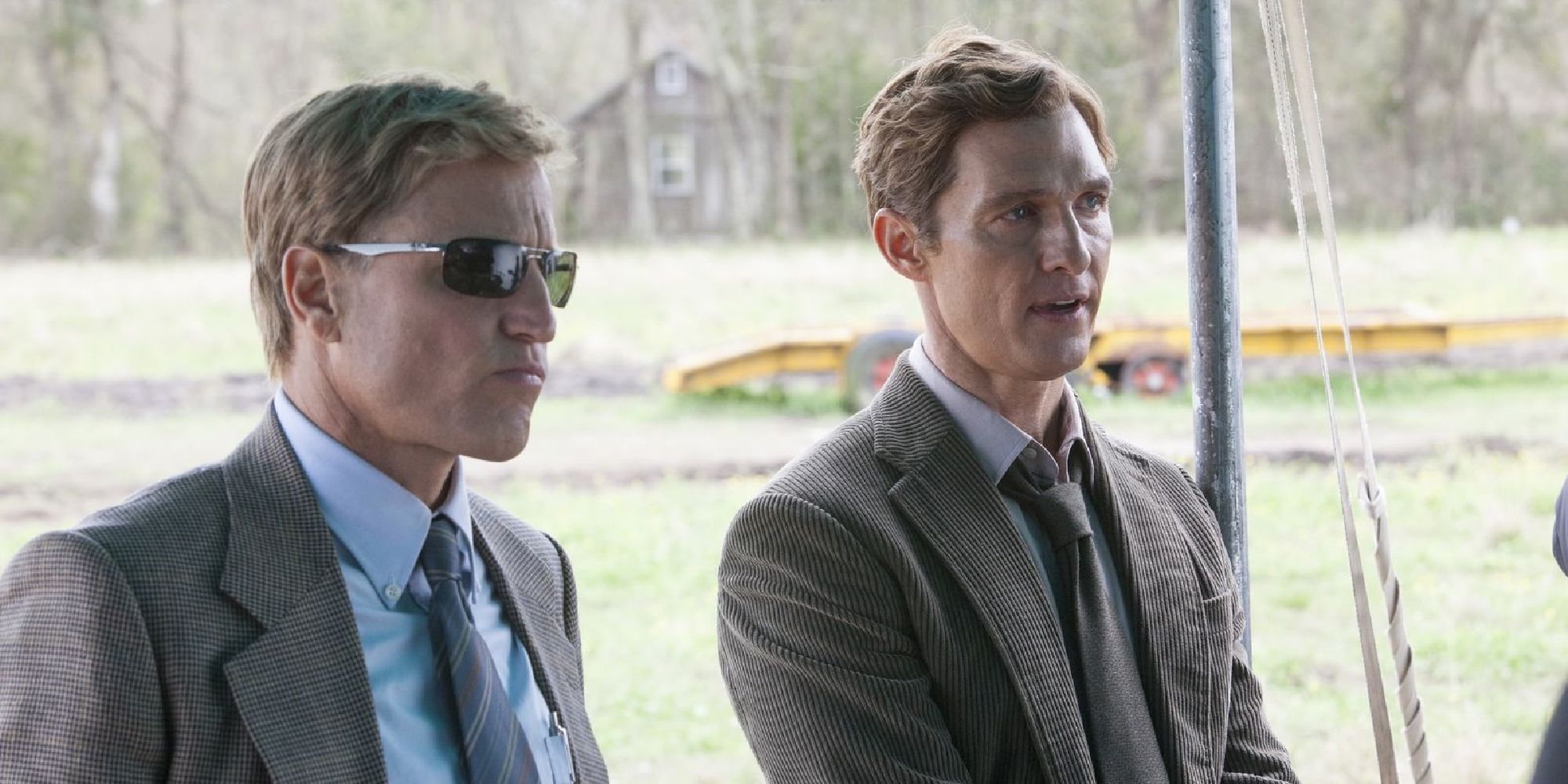
“Who Goes There?” was a landmark achievement in television that raised expectations for future installments in the series. Unfortunately, True Detective struggled to live up to the legacy of its first season, as the second season lacked the unique style and propulsive mystery that had made the first run of episodes so impactful. Save for a brilliant performance by Colin Farrell, True Detective’s second season questioned whether “auteur television” was merely a passing fad that was never intended to last.
Thankfully, a stronger emphasis on character helped True Detective redeem itself in its later seasons. The underrated third season featured an emotionally devastating performance from Mahershala Ali, whose dramatic intensity rivals what Harrelson and McConaughey accomplished within the first season. The most recent installment, True Detective: Night Country, which is currently airing, has utilized elements of winter horror and a great performance from Jodie Foster to completely distinguish itself from its predecessors, and further indicates a step in the right direction for this groundbreaking anthology series.
True Detective is available to stream on Max, with new episodes of Night Country premiering every Sunday.




